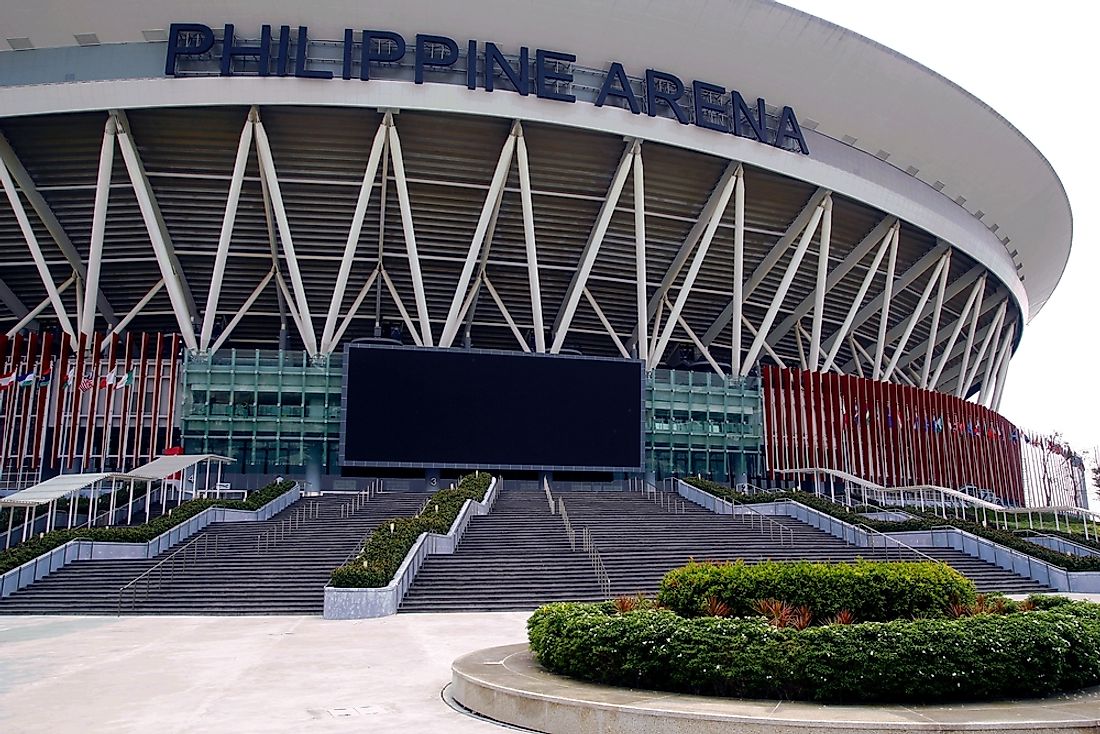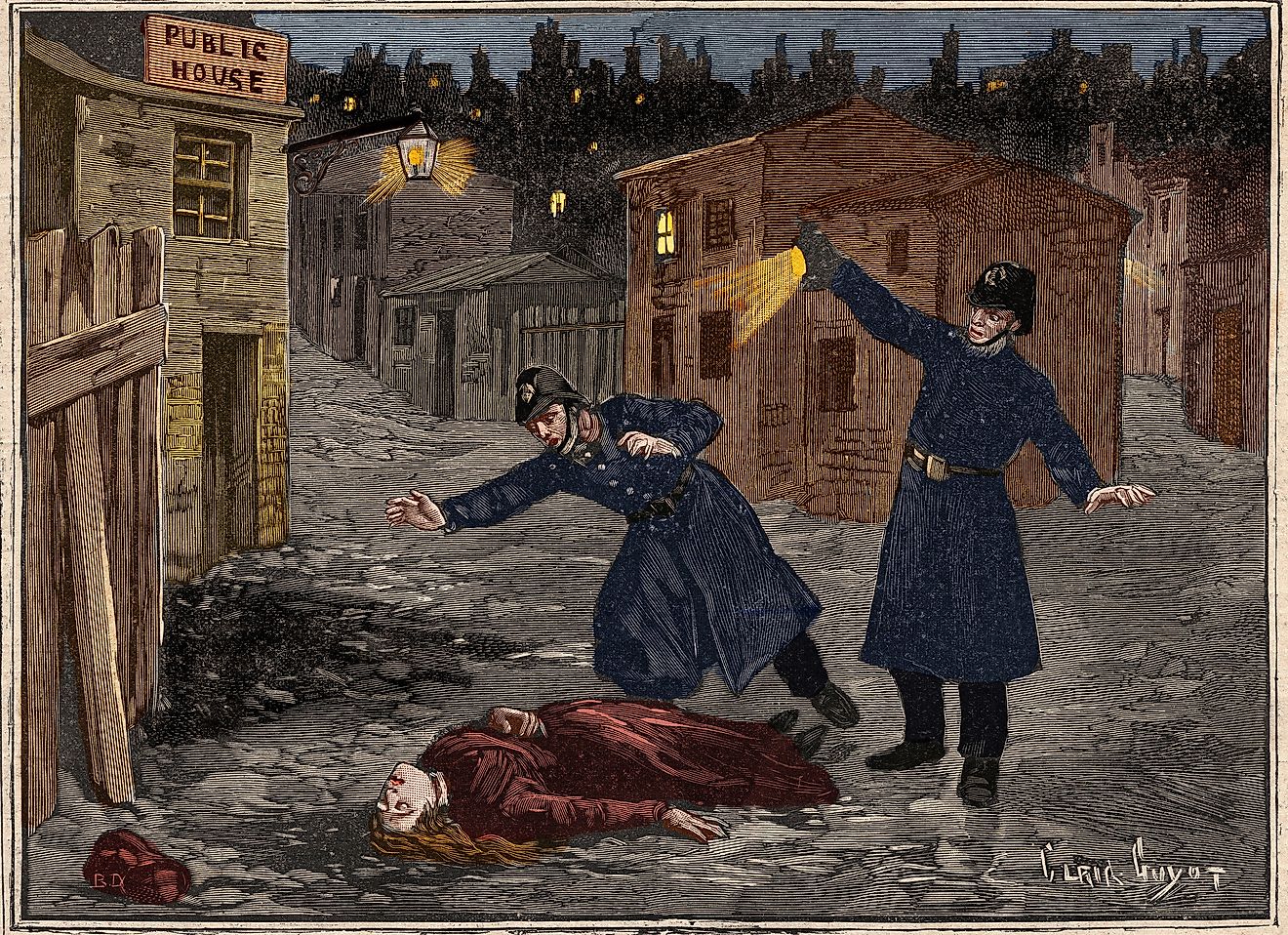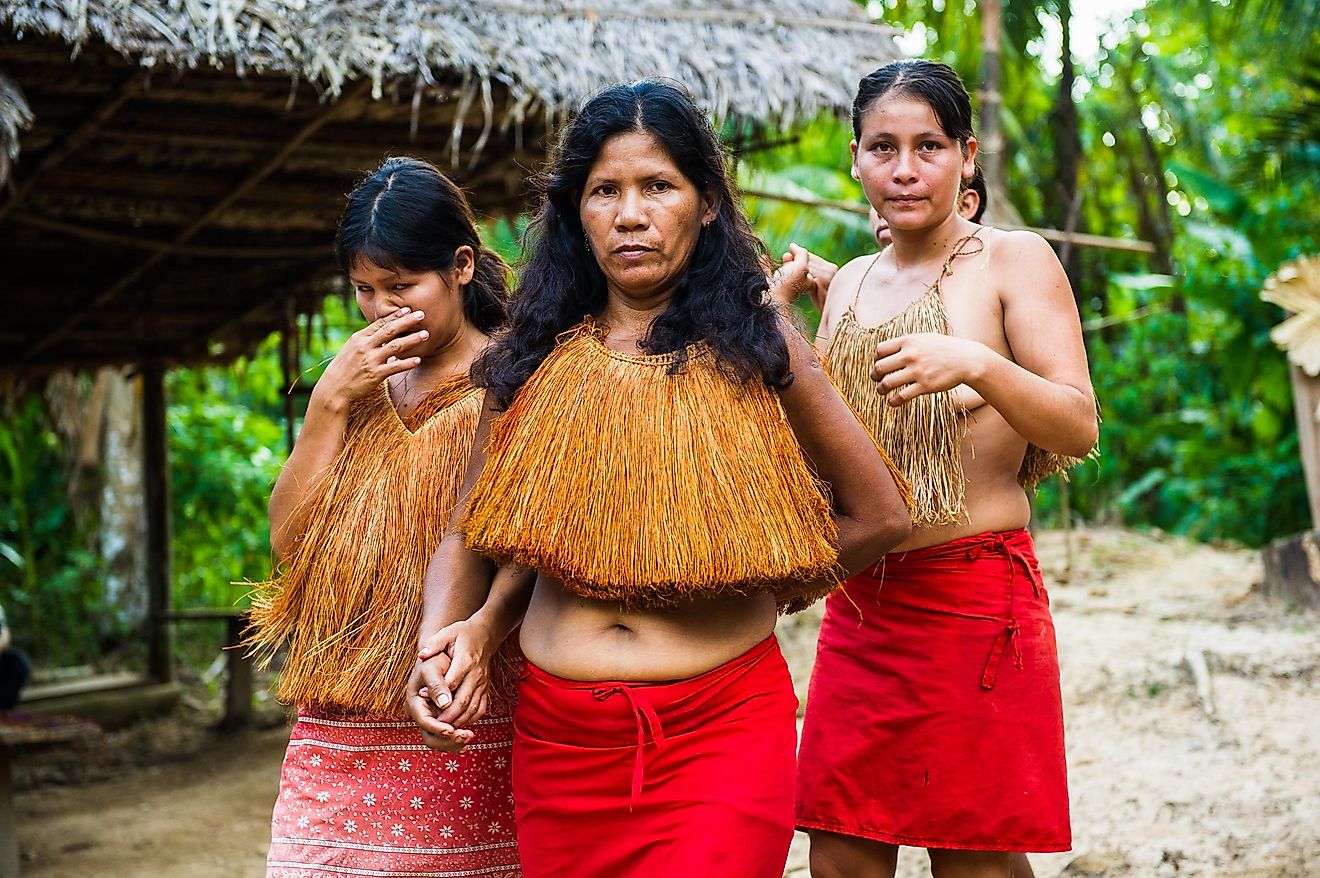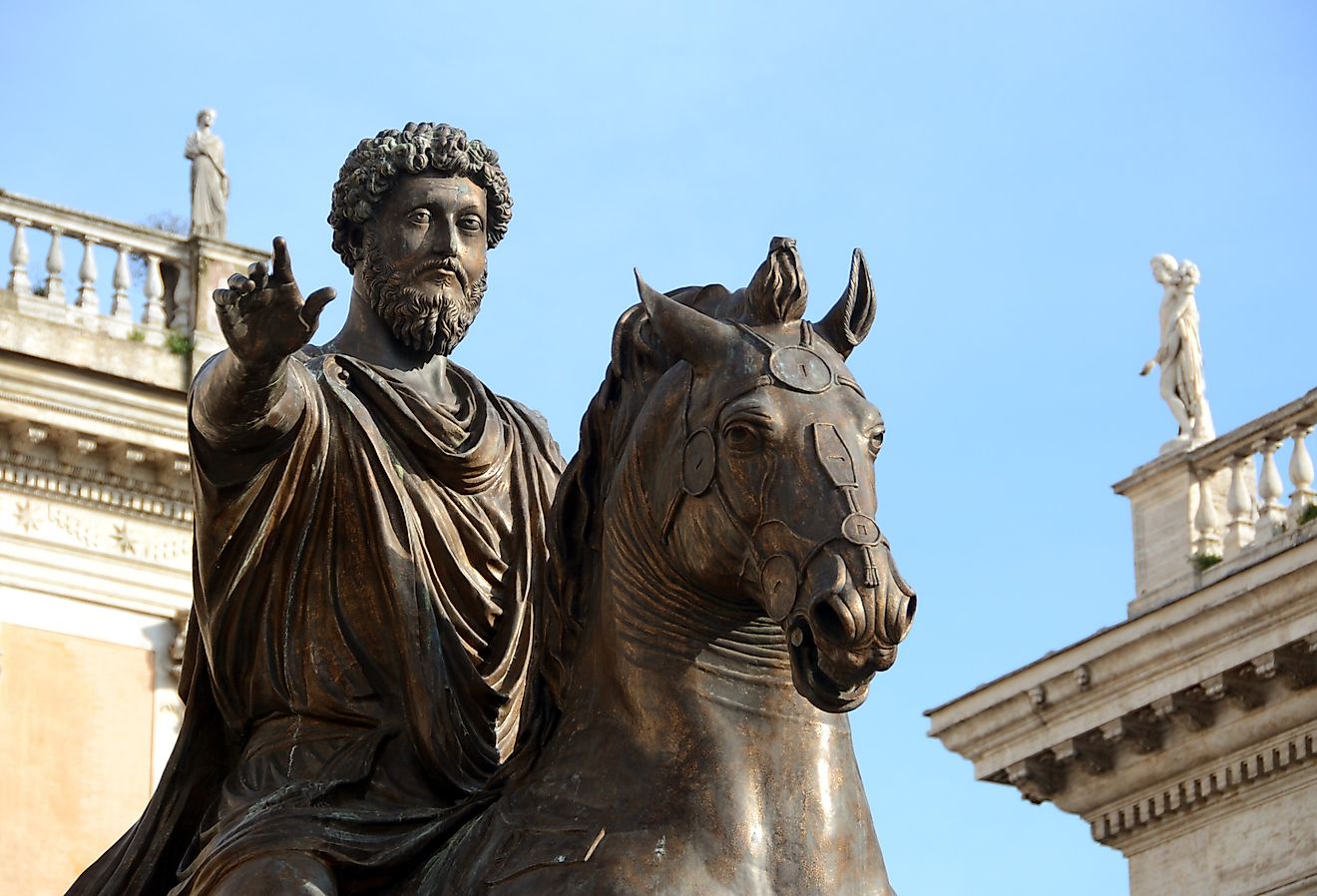Largest Ethnic Groups In Brazil
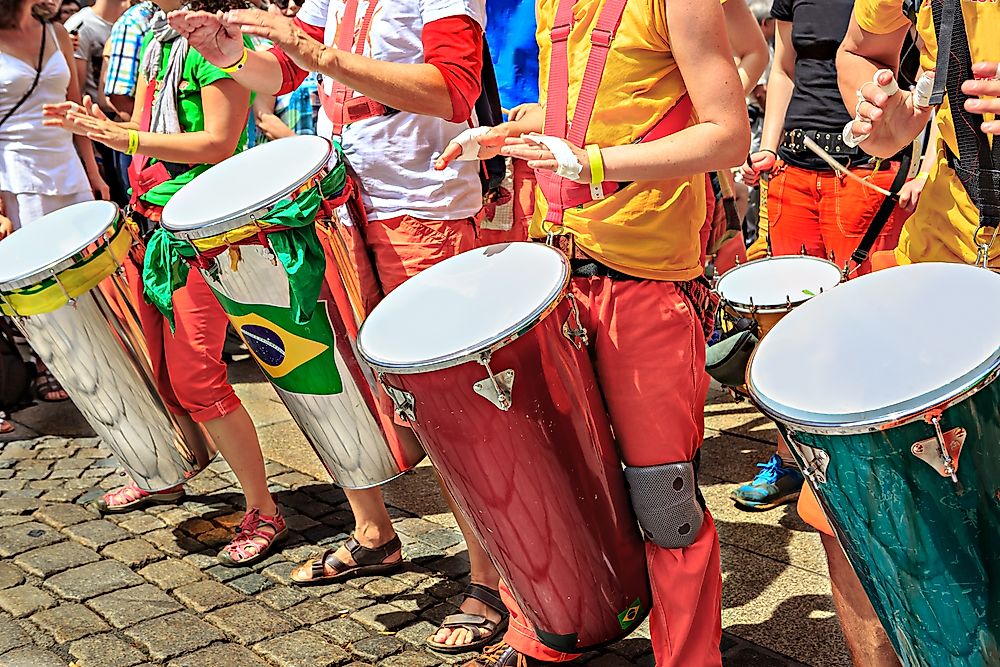
Brazil is the fifth largest country in the world both by area and population and it is also the largest country in both South America and Latin America. The country is bordered by the Atlantic Ocean and borders all other South American Countries except Ecuador and Chile. Brazil has an approximate population of over 200 million people with 84% of the population living in the urban areas. The population is primarily in the Southeastern and Northeastern parts of the country. The population of the country is made up of several ethnic groups. The largest ethnic groups in Brazil include
Brancos (White Brazilians)
Brancos, commonly referred as White Brazilians, are the ethnic majority in the country forming 47.73% of the country’s population. The White Brazilians are the citizens of Brazil with European descents. Portuguese, Italians, Spaniards, and Germans form the largest ancestry for this ethnic group. The majority of the white Brazilians are found in states such as Santa Catarina, Rio Grande de Sul, Parana, and Sao Paulo. The European settlers, mostly the Portuguese, came during the colonization era, and the majority were male. The male settlers were involved in relationships with indigenous women and slaves leading to the birth of a new ethnic group. Immigrants who also came to Brazil after independence contributed significantly to the growth of white Brazilians.
Pardo (Combined European, Native, and African Ancestry)
Pardo, or Brown People, is a race that combines Brazilian natives, European and African ancestry or triracial ancestry. The name brown or Pardo is mainly used to refer to the people of brown skin color in the country. Pardo ethnic group forms 43.13% of the Brazilian population. While white Brazilians have 70% European genomic ancestry, Pardos have 37.1% European genomic ancestry. The ethnic group had its history from the colonial period when the European settlers came to Brazil. The term “Pardo” was first used in Brazil’s census of 1872 and is currently used to refer to people such as mulatos, cafuzos, and cabocios.
Pretos (African-Brazilians)
Afro-Brazilian is a term used to refer to the Brazilians of the African ancestry. The word “Preto” is used to refer to the people of outstanding African characteristics and skin color. The Preto is one of the ethnic groups categorized by color. Brazil was a major destination for African slaves between 16th and 19th century receiving approximately four million slaves during that period. The work of slaves in the country had a direct influence on the life expectation and family formation. The black population grew significantly before the abolition of slave trade especially along the coastal part of Brazil. Currently, Pretos account for 7.61% of the population with the majority living in Salvador, and Bahia. Most of the Pretos are Christians, mainly Catholics although African religious practices are still common among this ethnic group. African cuisine still forms a variety of dishes. The cooking is slowly evolving to include a mix of both African and Portuguese dishes.
Conclusion
Brazilians are also categorized according to the skin color. Some of the ethnic groups according to the skin color include the Pretos and Amarelos (Asian Brazilian). The indigenous Brazilians, also known as the Indigena, form only 0.43% of the population.
Largest Ethnic Groups In Brazil
| Rank | IBGE Ethnic Designation | Share of Brazilian Population in 2010 Census |
|---|---|---|
| 1 | Brancos (White Brazilians) | 47.73% |
| 2 | Pardo (Combined European, Native, and African Ancestry) | 43.13% |
| 3 | Pretos (African-Brazilians) | 7.61% |
| 4 | Amarelos (Asian Brazilian) | 1.09% |
| 5 | Indigena (Indigenous Brazilian) | 0.43% |






